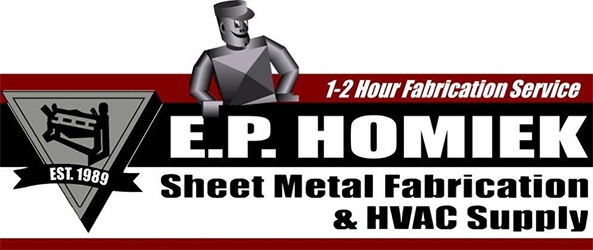Plasma Cutting Basics: What is Plasma, and How Does Plasma Cutting Work?
- Posted on March 1, 2017
- by admin
- in Blog_Posts
- Comments Off on Plasma Cutting Basics: What is Plasma, and How Does Plasma Cutting Work?
Plasma cutting is an offshoot of plasma arc welding developed in the 1960s as a highly efficient, clean and accurate way to cut metal. It is widely used throughout the world today in a variety of industries and arts, including ductwork fabrication.
So what, exactly, is plasma? Along with solid, liquid and gas, plasma is one of the four fundamental states of matter in physics. It is defined as a superheated ionized gas that can occur under specific conditions in which a gas is subjected to heat or a strong electromagnetic field. Plasma is the most abundant form of visible of matter in the universe, occurring naturally in lightning, stars, and static electricity. Examples of man-made plasma include neon signs, fluorescent lights, and plasma TVs.
Plasma, or arc, cutting is a process that employs plasma to cut through any type of conductive material including stainless steel, aluminum, brass and copper. The plasma is formed by applying an electrical arc to a constricted jet of compressed gas (usually air), creating an electrically-conductive channel of plasma. The extreme heat of the plasma melts through the workpiece, and the high velocity of the gas flow blows away the molten metal, producing a clean cut, or kerf.
Plasma cutting is fast, precise, and relatively low cost, and can be used on metals up to one inch thick. It is ideal for use in sheet metal fabrication shops like E.P. Homiek Sheet Metal Fabrication & HVAC Supply, and is commonly used the automotive industry, industrial construction, and in salvage and scrapping.
If you enjoyed this article please consider sharing it!




